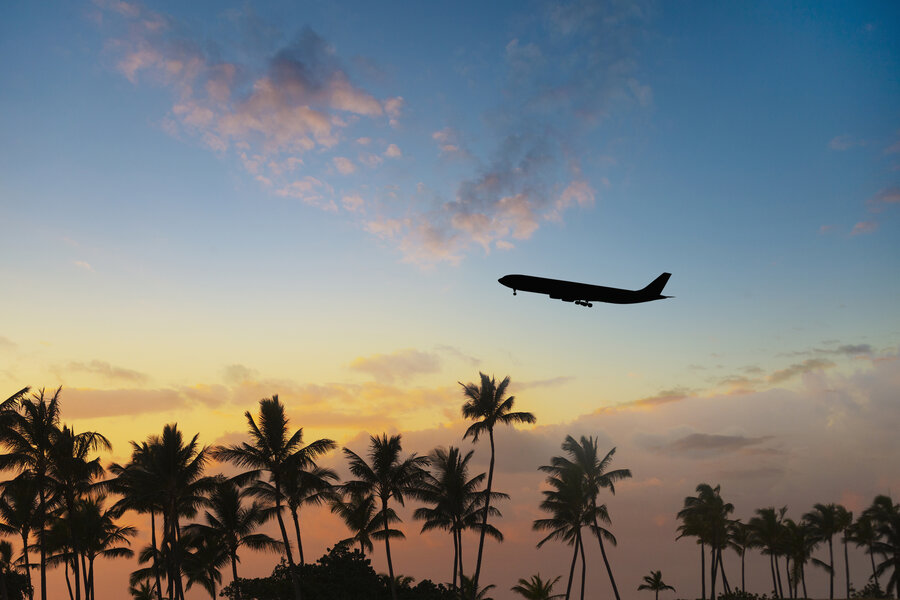Airlines are the backbone of the global travel travelsmag.co.uk/ industry, transporting billions of passengers each year. They play a vital role in connecting people and businesses around the world.
Types of Airlines
There are two main types of airlines: full-service airlines and low-cost carriers. Full-service airlines typically offer a wider range of services, such as complimentary meals and drinks, checked baggage, and in-flight entertainment. Low-cost carriers, on the other hand, typically offer a more basic service, but they often have lower fares.
Airline Fleets
Airlines operate a variety of aircraft, from small regional jets to large wide-body airliners. The type of aircraft that an airline operates depends on its route network and target market. For example, airlines that operate long-haul flights typically have a fleet of wide-body airliners, which offer more passenger comfort and range.
Airline Hubs
Airlines operate from hubs, which are airports where they concentrate their flights. This allows airlines to efficiently connect passengers between different destinations. Some of the world’s busiest airline hubs include Heathrow Airport in London, Charles de Gaulle Airport in Paris, and Hartsfield-Jackson Atlanta International Airport.
Airline Alliances
Airlines often form alliances with other airlines. This allows them to share resources and codeshare flights. Codeshare flights are flights that are operated by one airline but marketed and sold by another airline. Airline alliances can benefit passengers by offering them more flight options and connecting them to a wider network of destinations.
Benefits of Flying
There are many benefits to flying, including:
- Convenience: Flying is the fastest way to travel long distances.
- Comfort: Modern airliners offer passengers a comfortable and safe travel experience.
- Accessibility: Flying can make remote and inaccessible destinations accessible to everyone.
- Global connectivity: Flying connects people and businesses around the world.
Challenges Facing Airlines
Airlines face a number of challenges, including:
- Fuel costs: Fuel is one of the biggest costs for airlines.
- Competition: The airline industry is highly competitive, with airlines competing for passengers and market share.
- Government regulations: Airlines are subject to a number of government regulations, which can increase their costs.
- Economic conditions: Economic downturns can lead to a decrease in demand for air travel.
Despite the challenges they face, airlines play a vital role in the global economy and society. They connect people and businesses around the world, and they make it possible for people to travel and experience new cultures.
Future of Airlines
The future of airlines is likely to be shaped by a number of factors, including:
- New technologies: New technologies, such as self-service check-in kiosks and mobile boarding passes, are already making air travel more efficient and convenient.
- Sustainable aviation fuels: Airlines are increasingly looking at ways to reduce their environmental impact by using sustainable aviation fuels.
- Urban air mobility: Urban air mobility (UAM) is a new form of transportation that uses electric vertical take-off and landing (eVTOL) aircraft to transport passengers short distances within urban areas. UAM has the potential to revolutionize air travel in the future.
Overall, the future of airlines looks bright. Airlines are constantly innovating and finding new ways to improve the travel experience for their passengers. As new technologies emerge and the global economy continues to grow, airlines will play an even more important role in connecting people and businesses around the world.



:max_bytes(150000):strip_icc()/TAL-Backpacker-BUDGET0323-eeaf531276694f93966baa8fbcd2730d.jpg)
